
Review on 15.6" Notebook ASUS X515JA-BQ4083 1920x1080, Intel Core i3 1005G1 1.2 GHz, RAM 8 GB, DDR4, SSD 256 GB, Intel UHD Graphics, no OS, 90NB0SR2-M02RY0, silver by Adam Pietras ᠌

The average product, you can find a better one.
It all began with the installation of drivers, which was part of the installation of Windows itself (for the sake of truth, I installed a clean image of Windows 10 Pro, which came from a different location and required a license). They were organized quite nicely within the hard drive and were given their own partition. It was obvious from the name of the archive that the files were intended for a different model of the laptop; yet, I didn't find anything particularly weird about this; it's possible that both models had a comparable interior. 1) However, as soon as I crossed the threshold, I was confronted with a poor WiFi connection; in all other instances, it functioned normally. It was gone from the laptop in every sense of the word, and all it took was a restart for it to come back as if nothing had ever occurred. 2) The next problem was an unintelligible service that was necessary for the proper operation of the proxy but made it impossible to work on a laptop due to the nature of the service. Not only did it consume around thirty percent of the processor's resources, but it also "turned off" several features of Windows (search, start, and foolishly did not open). continued to use the computer after figuring out a way to turn it off, which did not result in any complications. 3) From that point on, the sound was transmitted by WiFi. It vanished into thin air as if it had never been there in the first place. It wasn't until that very second that the thought occurred to me to look for drivers that were designed expressly for this model of the laptop. And praise be to God, this has provided an answer to both of those issues once and for all. If the built-in drivers already do their job in some way, I don't understand why it was essential to install more of them. 4) After only a few weeks of regular use, my laptop decided it was time to "break" down completely. A blue screen with the words "Preparing Windows" appeared at the beginning of everything. It went on and on, "Do not turn off the computer," with no end in sight. After looking for an explanation on the internet, I opted to simply force the laptop to shut down, which led to even more issues; after the shutdown, it continued to load indefinitely on the Asus initial splash screen. I tried to restore the system in every way that was conceivable, but some kind of error kept getting through. It wasn't until an entire day later, when the power of the laptop ran out due to continual loading, that he made the spontaneous decision to "rethink what he had done" and earn money without any repercussions. On the PC, where I use the identical image, I did not experience any problems of the same nature. Perhaps I merely have hands from the same location.
- A solid backlight for the keyboard A strong graphics core that even brought the computer to life at 80 frames per second. In general, it is easy to identify the qualities.
- Not particularly functional bios; even after the eat, there has been no discernible change. There is no cable available to connect your hard disk to the system. The search for this was ultimately fruitless, and I'm reluctant to board the left train as a result. And most importantly, the multitude of issues that I encountered while using the laptop for a month were the driving force behind my decision to only give it three stars. More on this can be found below /.
New products
Top products in 💻 Laptops
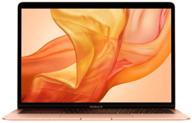
Renewed Apple MacBook Air - 13-inch Retina Display, 💻 1.6GHz Dual-core Intel Core i5, 256GB in Gold (Latest Model)

156 Review

HP FHD Touchscreen Quad Core I7 1065G7

104 Review
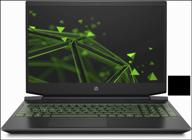
HP Pavilion Gaming 15-ec2048ur 15.6" Laptop 1920x1080, AMD Ryzen 5 5600H 3.3GHz, 8GB RAM, 512GB SSD, NVIDIA GeForce RTX 3050, DOS, 4E0T5EA, Dark Grey/Bright Green Chrome Logo

77 Review
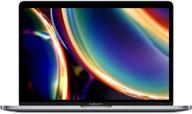
13-Inch Apple MacBook Pro with 8GB RAM and 512GB SSD Storage in Space Gray - Previous Model

77 Review
Another interesting products
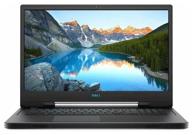
Notebook DELL G7 17 7790 (1920x1080, Intel Core i5 2.4 GHz, RAM 8 GB, SSD 256 GB, HDD 1000 GB, GeForce GTX 1660 Ti, Win10 Home)

26 Review

15.6" Laptop ASUS Vivobook Pro 15 M6500QC-HN118 1920x1080, AMD Ryzen 7 5800H 3.2GHz, RAM 16GB, DDR4, SSD 512GB, NVIDIA GeForce RTX 3050, no OS, 90NB0YN1-M006N0, blue

24 Review
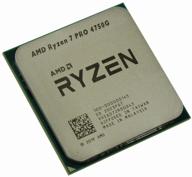
Processor AMD Ryzen 7 PRO 4750G AM4, 8 x 3600 MHz, OEM

11 Review

Refurbished 2019 Apple iMac with Retina 4K/3.6 GHz Intel Core i3 🖥️ Quad-Core (21.5-Inch, 8GB RAM, 1TB) - Silver: Ultimate Deal on a Powerful Renewed Desktop!

13 Review


